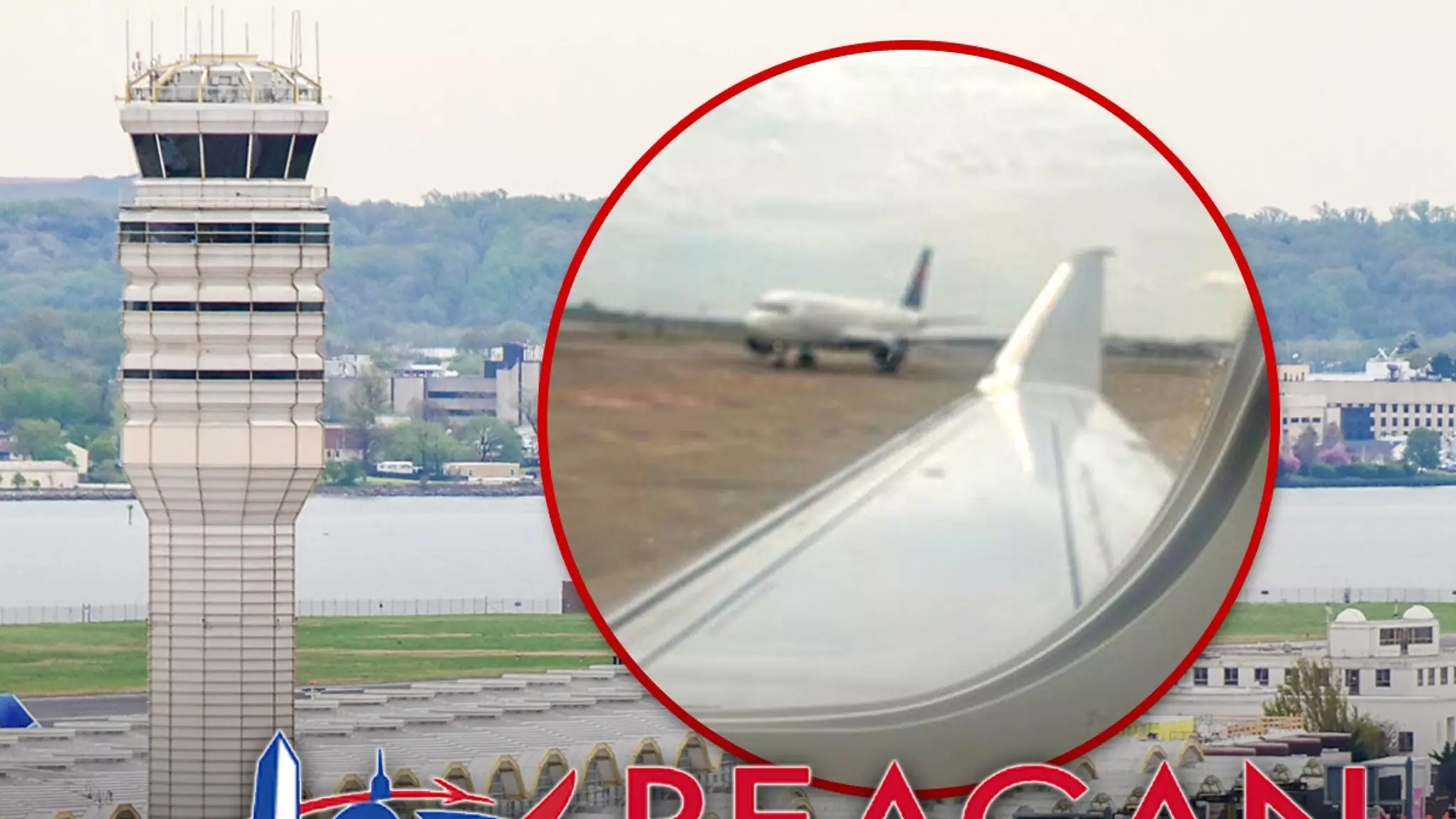The aviation industry is no stranger to complications; however, the recent string of incidents at Reagan National Airport (DCA) paints a grim picture of air traffic safety. Just recently, two members of Congress reported that their plane had a dangerous encounter when another commercial jet clipped its wing while on the tarmac. This unsettling event has revived concerns about the airport’s safety protocols and air traffic control effectiveness, raising questions that demand immediate attention and action.
Congressional Firsthand Experiences
New Jersey Representative Josh Gottheimer and New York Representative Nick LaLota, both of whom were present on the scene, provided compelling accounts of the situation. As they awaited takeoff, LaLota described how “another plane just bumped into our wing,” a phrase that, in an aviation context, evokes images of chaos and the potential for catastrophic failure. They’re fortunate to have escaped without injury; however, these occurrences cannot merely be brushed aside as isolated incidents. Congress is not only a governing body but also a public facade for the country, and when its members face such risks, it becomes a significant concern for the safety of the general public.
Historical Context of Misfortune
What amplifies this alarming situation further is that just months earlier, DCA was the site of another tragedy, where a military Blackhawk helicopter collided with an American Airlines flight, resulting in the loss of lives. Such a history of mishaps emphasizes the urgent need for thorough investigations and persistent scrutiny into the effectiveness of air traffic management at one of the nation’s busiest airports. Understanding that these incidents are not mere coincidences, policymakers must dive deeper into their root causes, which appear to link back to FAA budget cuts, as noted by Gottheimer and his colleagues.
The Impact of FAA Budget Cuts
In a climate where cost-cutting seems to overshadow safety protocols, it is vital to scrutinize the implications of reduced FAA funding. One could argue that financial constraints on regulatory bodies are undermining the primary objective of ensuring passenger safety. Both Gottheimer and Representative Grace Meng have emphasized that these inadequacies might be directly correlated with decreased oversight conducted by the FAA, which can have disastrous outcomes. Delays or errors in air traffic control can and have led to dire consequences, increasing the pressure for Congressional leaders to take immediate legislative action.
Call for Reformation and Awareness
Fostering a proactive approach to aviation safety is no longer an option but a necessity. With the increasing frequency of near-misses and accidents, the time has come for legislators to prioritize air safety and initiate regulatory reform. Meanwhile, the public must remain vigilant and informed about the state of air travel. This should serve as a glaring wake-up call to both government officials and passengers alike – we must insist on the highest standards of safety in our air travel systems. The dialogue surrounding aviation safety must move from reactive assessments to proactive strategies. A united front, advocating for reinvestment in safety technology and personnel, is essential for the future of secure air travel.

